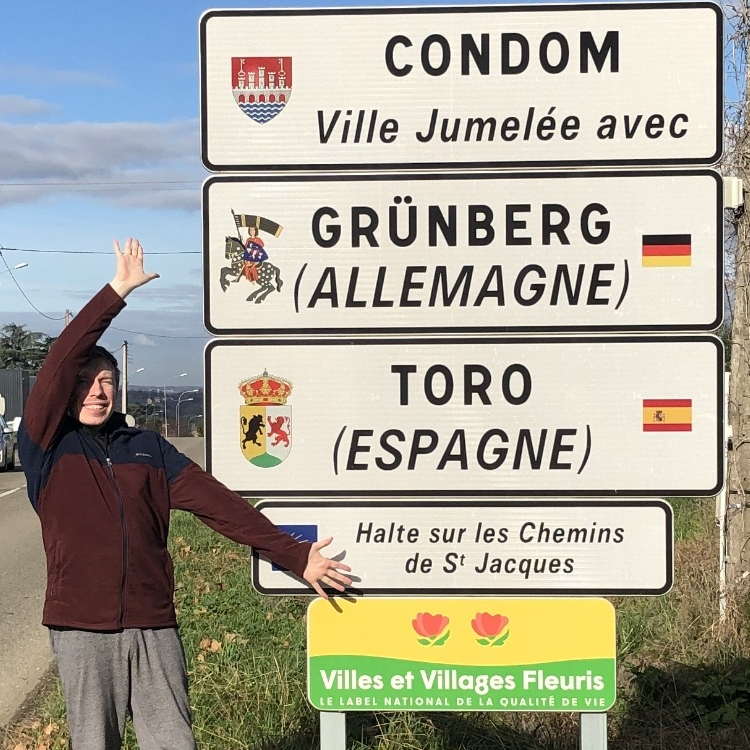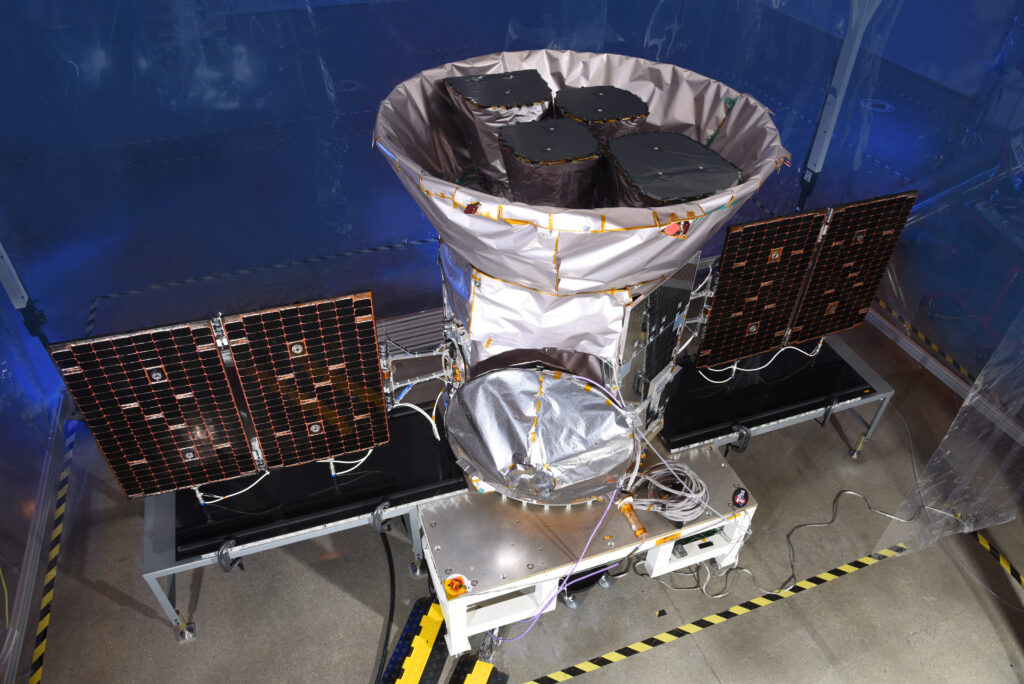READING TIME: 2 minutes 39 seconds (Based on an average reading speed of 275 words per minute)
Introducing myself, my hopes for Geoscience Outreach and reasons for participating

Who Am I?
Let me briefly introduce myself. I’m Charlie and I’m a BSc Astrophysics student in my 4th and final year. When I finished school I knew I was headed to uni but I was split between physics and music. Choosing between the career-safe option or one of high risk and high reward. In hindsight maybe I should have been braver but I know for a fact that I’m glad that I’ve managed to keep music a hobby rather than work.
Why The Geosciences Outreach Course?
My passion for teaching physics ignited back in secondary school. Here in Scotland, as long as you attain the average entry requirements in your penultimate year then you’re sure to receive an unconditional to university. Therefore in my final year of secondary school, I found I had the opportunity to tutor two students in National 5 Physics. While one was comfortable and capable, I got to witness the transformation of the other, a C-level student, into an A-level whizz whose progress made a serious mark on my sense of purpose. It was with this that I found my calling – to reach out to all physics students (both potential and current) and make them see the vibrancy and colour lurking inside the equations.
That’s why I’ve embarked on the GO course because I want to become a passionate and enthralling educator. My goal is to learn and grow as much as I can and mould myself into the best possible starting position for a new teacher, and this course is a pivotal period in that journey.
Unveiling The Secrets Of Exoplanets With Students
It’s important to talk about my hopes for the GO course. My project timeline begins with guiding students (in the S3-S6 range) on a galactic adventure. Together, I hope to unravel the stellar story of planet formation which is key to exploring the exoplanets. Before going on to view the methods deployed to detect them.
The concept for the project actually began with the stimulus of an experiment. Picture this: a light bulb “star”, a playdough “planet”, and a photoresistor “telescope”. With these tools, we can monitor our exoplanet’s eclipse across the host star, creating a transit graph of luminosity (in our case, resistance) over time.

From this graph: one can calculate the planet’s radius before comparing it to our playdough planet physically with a ruler (observed vs. real radii). It’s also possible to find the exoplanet’s orbital period by finding the time difference between two brightness dip minima. We’ll also make some assumptions about the planet’s density – is it rocky like Earth or gaseous like Jupiter? With the volume from the radius already in hand then it’s possible to calculate the planet’s mass and think about gravitational forces.
But our extraterrestrial trip doesn’t end there because my project needs to end with a prospect of legacy. I’ve discussed the idea of showing the students real exoplanet data from satellites like the famous Kepler Space Telescope and TESS (MIT’s Transiting Exoplanet Survey Satellite). There are real possibilities for any student via the avenue of Citizen Science and the purpose would be just to unequivocally show that anyone can “hunt aliens”.

So All Good Then?
Not exactly. Honestly, my passion for this project also leaves an equal and opposite pressure to do well. Stressful, sleepless nights ahead.
I’ve got back into contact with my former physics teacher, Mr Cavers, to query him with questions about; the curriculum for National 5, Higher & Advanced Higher, the best time to execute such a project, and the marking scheme of the “project” aspect of Advanced Higher (which also shares a similar purpose of university preparation). I’ve been reading through the Curriculum for Excellence (CfE) Benchmarks for S1-S3 to see what kinda base level of knowledge they’d be expected to have.
Cheers,
Charlie



